Some survival experts portend that without a fortified bunker on a sprawling homestead, there is no hope for survival.
They prophesy that all who are to survive some future catastrophe will do so by returning to a sheerly agrarian lifestyle and apartment dwellers won’t stand a chance.
While I think many yearn for a somewhat simpler and more natural existence and there are certain attributes that make properties more self-reliant, history and reason don’t support this paradigm. In fact, all kinds of people, living in all sorts of living arrangements, have survived past wars, mass migrations, ice ages, genocide, and all manner of disasters.
Don’t Put All Your Eggs in One Basket
If you’ve read my articles, you may have noticed that I apply this correct principle to many aspects of survival and real estate is no different.
Many survivalists dream of owning a self-sufficient homestead. Far fewer realize that dream at some point in their lives and doing so usually takes decades for those who do. What if a disaster occurs in the meantime that requires you to bugout to survive? Fortunately, a property doesn’t have to be a homestead to improve your odds of survival by providing you with shelter and resources to start over.
Whatever you decide, not putting all your eggs in one basket means living well below your means so you have enough expendable income to cover your expenses including rent for what you determine to be a reasonable amount of time and maintain a second “basket”. Here are some less-expensive options that can be used to leverage this principle:
Second Homes
You’ll have the funds to purchase a modest second home long before you’ll save enough to buy your dream homestead. A second home gives you a second basket so if something happens to your primary residence or you are forced to abandon it, you have someplace else to live and everything you need to start over.
Recreational Properties
A recreational property such as a small cabin can be had even cheaper than a second home and provides many of the same benefits.
Apartments
Although many survivalists assert that it would be impossible to survive in an apartment, I’m not convinced. If you are paying a mortgage and lose your income and access to your bank accounts, you are in about the same boat as an apartment dweller. If you can’t pay your mortgage and property taxes, you could be out on the street within a few months, just as if you were living in an apartment.
That being said, when things are really bad and the rule of law fall by the wayside, if the police are still functioning, they typically have bigger problems than evicting people. Many people flee and homes are abandoned or destroyed, so many survivors end up being forced out of their homes and then squatting someplace else until the situation normalizes. In reality, it may be more important than your stuff is portable and you have the means to move it than to have a single, hardened homestead.
I realize that apartments aren’t as self-sufficient as suburban or rural homes in long-term disruption, but long-term disruptions are historically rarer than short-term ones. An apartment is more of a safe house type of option and inexpensive apartments are within reach almost anyone. In some countries, it is possible to find a single room studio for as little as $100 a month, which is the cost of a storage unit in some cities. Apartments give ordinary people and young people another basket, which is important because they are just as likely to find themselves in the midst of a survival ordeal as the rest of us.
RV Membership
Some RV enthusiasts invest in memberships that entitle them to park an RV for so many months or even all-year-round.
Storage Units
I wrote an article on the utility of storage units so that I won’t go into a lot of detail on the subject, but if you know what you’re doing, they can be used to store money, medicine, a go-bag, and exfiltration package or even a vehicle that can’t easily be traced back to you. I found one with electricity for $70 a month and some folks even live in them for short periods of time. I was able to find a unit close enough that I was able to install a battery-operated alarm that communicates with my residence via radio. The ability to secure storage units is important because security is the primary worry.
Storage units also help deal with a common prepper real estate problem: storage space! At first, it seems like you have to go to be prepared, but all those beans, bullets, and Band-aids add up fast and you’ll soon be looking for more storage.
Caches
Caches are perhaps the least expensive way to put another basket on the board and are popular amongst survivalists for this reason. It is better to start small and build a modest cache today than to procrastinate doing anything because you are working toward your dream retreat someday.
Relocation
I went through this process about fifteen years ago. I was living in the Phoenix-Metro area and the prospects for evacuating it were so bad that there wasn’t even a plan. Emergency planners agreed that it was impossible because there isn’t any place within a tank of gas with the infrastructure to shelter a significant percentage of the population. Furthermore, there were too few highways out of town, and they didn’t have enough lanes to evacuate enough of the population, so their solution was straight Home Simpson, “Can’t win, don’t try.”
So, the Phoenix-Metro area has 4.7 million people, with almost another million just down the road in Tucson, in the middle of the Sonoran Desert. The only naturally occurring water is supplied by the Salt River and this is insufficient, so water is also brought in via a canal from the Colorado River. With California, Las Nevada, and Arizona all using water, the drain on Colorado is so severe that it no longer reaches the Gulf of California.
With summer temperatures as high as 120 degrees Fahrenheit, it was plain to see that any volatility that affected the ground transport, electricity, or water for more than a day or so would turn Phoenix into a bloodbath. For these and other reasons, I decided to relocate and eventually settled on the Intermountain West of the Rocky Mountains and here are some of the factors that influenced my decision:
Population Density
Much has been written about population density inversely affecting chances of survival. In my opinion, this would only hold true in cases of wide-scope, high-order volatility … doomsday scenarios. I’m not saying you should be prepared for this type of scenario, but if you live in the Mississippi Valley or east of it, excluding the State of Maine, a property more than a tank of gas from a major population center can be a tall order.
I wanted a community of around 80-130K people, large enough to have a decent hospital or two, and to be somewhat self-reliant. I settled in Cache Valley, which straddles the border between Utah and Idaho.
Water
I was able to find a community with end to end gravity-fed water. Cache Valley is somewhat of an anomaly in the Western US, which is mostly desert because the water flows into the valley from three different directions. This means that unlike Phoenix, surface water sources are abundant. It also means that some communities are unlikely to lose water pressure in an emergency and that it’s possible to find properties with shallow wells.
If gardening or farming figure into your plans, you should ensure that your property has water available. If it doesn’t have a well and you need one, don’t buy a property expecting to be able to find water. Although drilling a shallow well can cost around $5,000, drilling a deep well can cost $20,000 or even $50,000.
Food Production
Another stabilizing force in a large disaster is food production. Large cities rely on food shipped in from surrounding agricultural communities as well as from half a world away which makes city dwellers susceptible to starvation in wide-scope, long-term disasters.
By contrast, rural agricultural communities are where 1% or 2% of the population lives that feed the other 98%. Cache Valley is a dairy farming country and also produces hay, alfalfa, grain, fruit, and vegetables.
Homes and retreat locations should have production capability in terms of water, food, and ideally electricity. To produce food, any property you buy should have water, arable land or topsoil, and sunshine, which means a southern exposure in North America.
Electrical Grid
By doing some history research, I was able to find a community that had been powered by a hydroelectric plant before it was connected to the grid. With additional research, I discovered that the plant was still operational and capable of being disconnected from the grid in an emergency. In the event that an EMP or HEMP severely damages the grid, small, local hydroelectric systems like this one should get back up and running quicker than plants reliant on very large step-up or step-down transformers. Do enough digging and you can even find out what spare parts they stock.
Climate
If you go too far north, you’ll need to make provisions to heat your property through the winters. Phoenix had the problem of being very hot during the summer months. Lack of air conditioning didn’t prevent people from settling it, but I think people were more used to adversity back then and without electricity, I’m sure many would consider it to be uninhabitable today.
Demographics
Society fractures, when sufficiently stressed, and lines along which it fractures, can be religious, ethnic, tribal, political, or economic. Serbia fractured along religious lines. During the Rwandan genocide, it was tribal. In Brazil it’s economic. America is not immune either. During Hurricane Katrina, the 1992 riots, the St. Petersburg Florida, Anaheim, Oakland, Cincinnati, Ferguson, Baltimore, Milwaukee, and Charlottesville riots it was ethnic.
When the demographics of an area can affect your chances of survival is when you live in an area where you are in the minority; either ethnically, religiously, economically, politically, or tribally. I was a student of anthropology, so it disturbs me that this is the reality, but it is instinctual for people to group up with others like them when stressed. The upside is that problems with being in the minority can often be avoided by purchasing properties in communities with large groups of people or similar economic, religious, ethnic, political, and tribal backgrounds.
Threats
With these threats, I’m not trying to predict the future. I don’t believe that’s possible. In some cases, scientists may assign levels of risk, but we must also consider not only the risk of a particular threat but also our exposure to it.
Nuclear Power Plants
Most nuclear power plants are east of the Mississippi and they are there to serve the large populations that are there. Regardless of how safe you may think they are, I would buy property near a nuclear plant or downwind of one.
Primary and Secondary Nuclear Targets
It is difficult to properly evaluate the risk posed by nuclear war because there isn’t a historical precedent for it. So, if someone gives you a percentage chance of nuclear war, he must own a magic eight ball. Exposure is somewhat easier to predict. Tale a look at the old nuclear target and fallout maps and adjust them for base closures, where we house new weapon systems and prevailing winds.
Natural Disasters
The USGS and FEMA have very good maps of flood zones, areas with frequent tornados and hurricanes, areas vulnerable to tsunamis and volcanic activity, and geological fault lines. Counties often do risk assessments and it is a simple matter to get ahold of one before you rent or buy a property. You don’t want to buy a property and find out that it is in the middle of a flood plain or a liquefaction zone.


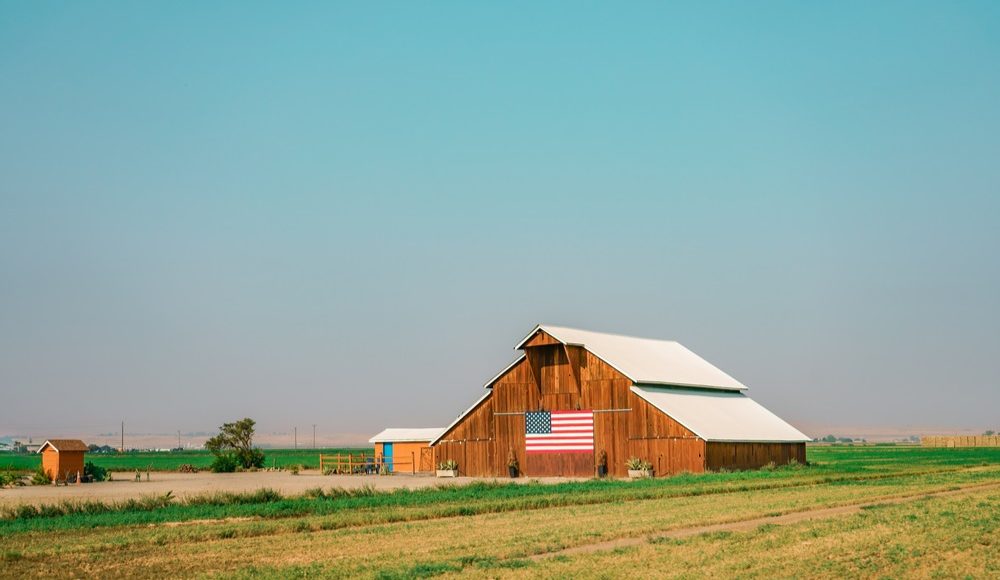

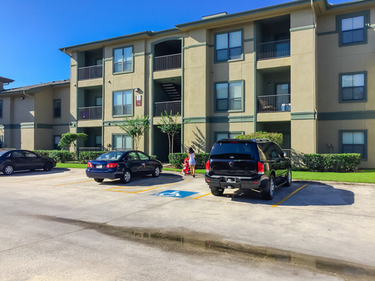
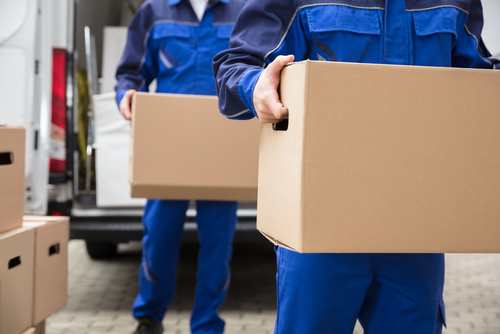
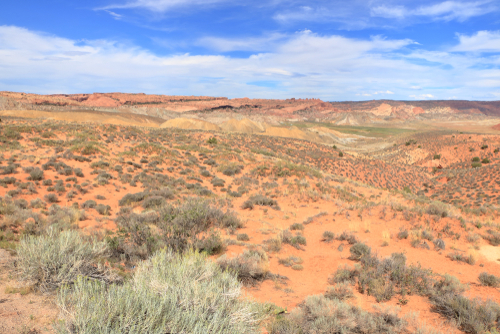
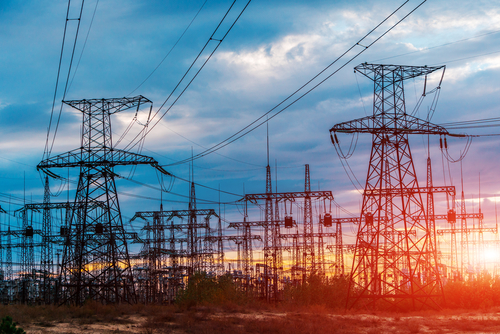
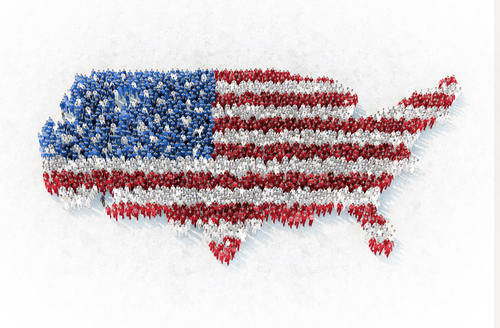

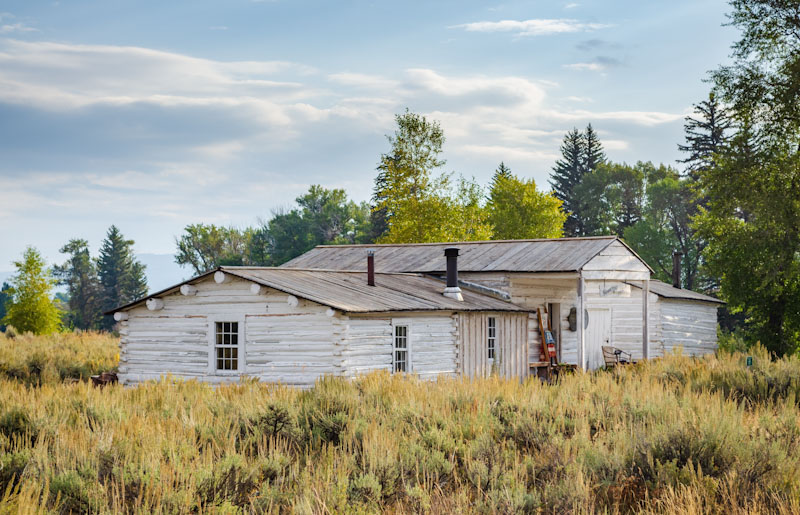


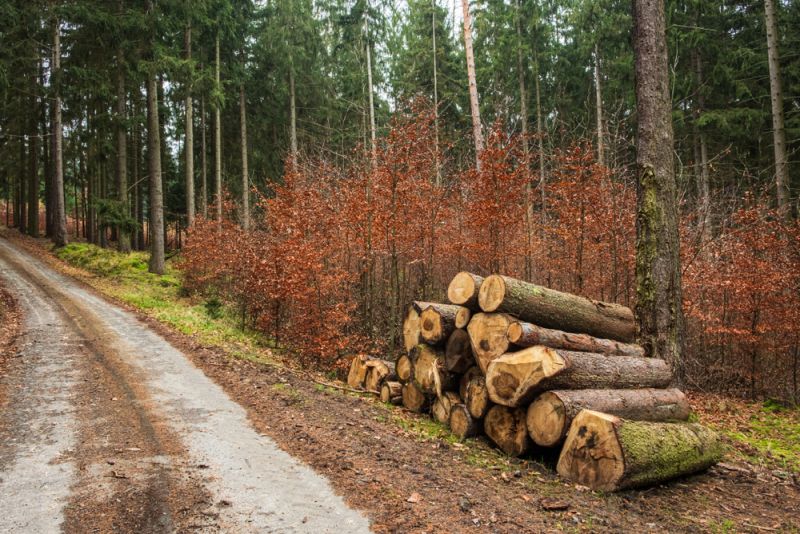


Daniel Laruso | September 4, 2020
|
When people relocate from large (blue) cities fleeing the crime, corruption and stranglehold they MUST remember not to bring those ideals with them. Some, in fact most will not put up with their nonsense and in one way or another run them right out of town. People fleeing be aware.
Bill In Idaho | September 5, 2020
|
I am Not Sure about anywhere else, but here in Montana and Idaho – If you buy Any Real Estate no matter what size or location – Triple Check your Water Rights – Carefully. I would check your Mineral Rights as well. The last thing you need is some Mining entity coming in and starting to Dig – because they have a Claim.
Elana | October 28, 2020
|
ECLEI (part of UN Agenda 21) is something to be VERY aware of. Find out if the town is on the ECLEI list yet. FIGHT AGAINST IT!!! THEY ARE COVERTLY TAKING ALL PROPERTY RIGHTS AWAY. SERIOUS STUFF.
GO TO<<<<< DEMOCRATSAGAINSTUNAGENDA21.COM